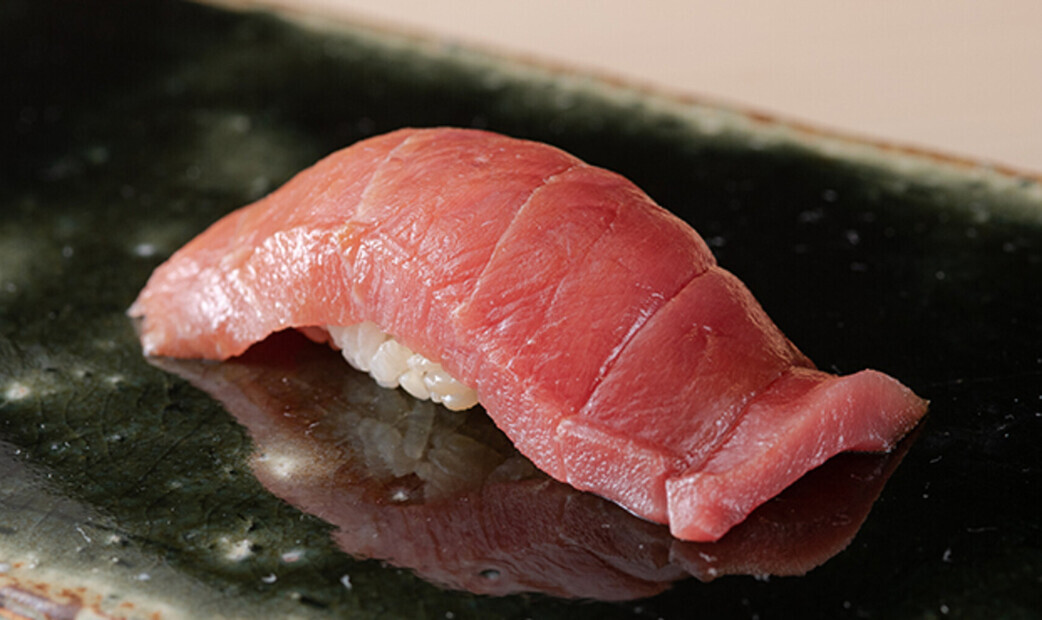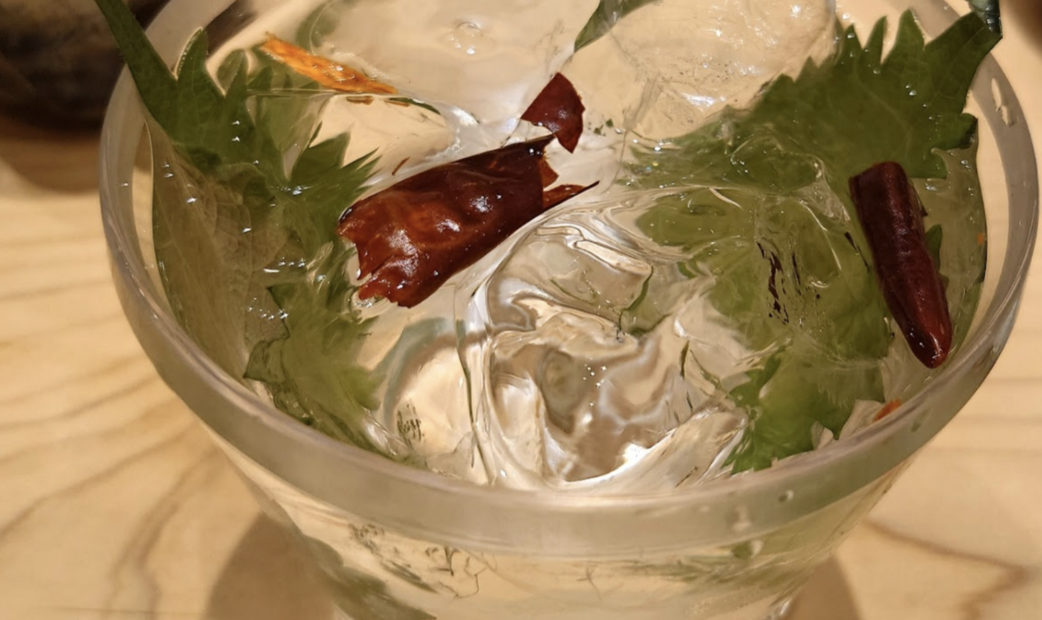
How to Reserve a Table at Sushi Saito, Its Branches, and Related Restaurants
Sushi Saito, often regarded as Japan’s top sushi restaurant. In this article, we’ll introduce how to make a reservation at Sushi Saito, as well as its affiliated and lineage restaurants.
What is Sushi Saito?
Sushi Saito is helmed by renowned chef Takashi Saito, who began his culinary journey at the iconic Ginza Kyubey. He later joined Sushi Kanesaka, a restaurant founded by Shinji Kanesaka, another Kyubey alum. Saito rose through the ranks to become the head chef at Sushi Kanesaka Akasaka, one of its branches. In 2007, he struck out on his own and opened Sushi Saito. The restaurant moved to its current location in 2014. From 2009 to 2018, it earned three Michelin stars for ten consecutive years. In 2019, however, the restaurant voluntarily withdrew from the Michelin Guide after it stopped accepting new reservations.
Is the Main Restaurant Membership-Only?
In practice, yes. Sushi Saito is nearly impossible to book for first-time guests. Although it's often described as “membership-based,” there’s no official membership card or fee. Regular patrons—referred to as “members”—routinely book their next visit before leaving, leaving little to no availability for new customers. Even during the height of the COVID-19 pandemic, when many cancellations occurred, the restaurant did not open up additional reservations to preserve seats for its regulars.
On rare occasions, reservation rights are auctioned on a site called Shokuoku, with starting bids typically exceeding 100,000 yen—just for the seat itself. If the meal is prepared by a chef trained and approved by Saito (rather than by Saito himself), the cost may be slightly lower. While holders of the American Express Centurion Card (the company’s highest-tier card) are offered priority booking privileges, securing a spot remains exceptionally difficult.
What Makes Sushi Saito Exceptional
Refined Appetizers That Elevate Seasonal Flavors
At Sushi Saito, only an omakase (chef’s choice) course is offered. The experience begins with a series of small appetizer dishes, each designed to bring out the natural essence of seasonal ingredients through simple yet sophisticated preparation. Served in delicate portions, these dishes are perfect for savoring slowly—often paired with sake—while heightening anticipation for the sushi that follows.
A Thoughtfully Curated Selection of Sake and Wine — and the Signature “Goldfish” Cocktail
To omplement both the small plates and sushi, Sushi Saito features an extensive lineup of beverages. Guests may have the rare opportunity to try limited-edition Japanese sake that is nearly impossible to find elsewhere. The wine list is equally impressive, with a focus on high-quality Champagne and meticulously selected vintages.
A standout among the drinks is the house-special Goldfish cocktail—a visually captivating blend of shochu, fresh shiso (perilla leaf), and chili pepper. Despite the hint of spice, it’s remarkably smooth and approachable. For those who enjoy a stronger drink, pairing the Goldfish with a fine sake offers a uniquely indulgent addition to the experience.

The Elegance of the Chef’s Posture and the Artistry of the Sushi
Watching Takashi Saito prepare sushi is a truly captivating experience. His posture is impeccably straight, exuding precision and grace, making each movement look effortlessly beautiful. He delicately forms each piece of sushi and places it gently onto the serving tray. As the sushi rests, you can see it ever so slightly sink, a testament to the lightness with which it’s pressed. Despite its delicate form, the sushi never falls apart, whether held by hand or chopsticks. The balance between fish and rice subtly shifts depending on the type of sushi. For example, with tuna, the fish wraps around the rice in a way that creates perfect harmony. The pairing of fish and rice is simply sublime. It’s in these moments that one truly understands that sushi is perfected when the artisan’s hands unite the fish and rice.
While Saito doesn’t directly ask his apprentices to copy his movements, his posture and technique are naturally passed down. Even the apprentices who are entrusted with standing behind the sushi counter display a remarkable beauty in their craft as they prepare the sushi.
The Difference Between Sushi Saito and Sushisho Saito
These are entirely different types of sushi restaurants, so comparing them isn’t possible. The only thing they have in common is the name "Saito."
How to Make a Reservation at Sushi Saito
Cardholder Benefit
To secure a reservation at the main Sushi Saito, you must use the exclusive Pocket Concierge service, which is available to holders of American Express Platinum Cards or higher. Reservations open at noon on the 1st of the month, two months in advance, but availability is extremely limited. Members of the American Express Centurion Card have priority access for booking. Reservations for all Sushi Saito locations, except the Azabudai branch, can also be made through the Pocket Concierge service.As mentioned earlier, seats can be secured through auctions on the Shokuoku platform.
The Azabudai location is occasionally available for reservation via OMAKASE
The Azabudai branch can be reserved via the "OMAKASE" platform. For both the main restaurant and its branches, securing a reservation through the official sites is very challenging, as they are almost always fully booked.
https://omakase.in/en/r/ux968840
Sushi Saito Branches
At the branches of Sushi Saito, apprentices who have earned the privilege of working behind the sushi counter take on the role of head chef. The overall concept of each location is personally curated by Takashi Saito. As a result, the ingredients and sushi rice typically retain the signature style of Sushi Saito, though there may be slight differences in the dishes and menu items at each branch.
Sushi Tsubomi
Located in Nakameguro, Sushi Tsubomi is the first branch of Sushi Saito, created through a collaboration between Takashi Saito and the president of the renowned yakitori group LDH. The original head chef was Makoto Maruyama, Saito’s most senior apprentice. Sushi Tsubomi was established to provide young chefs, or “tsubomi (flower buds),” from Sushi Saito with a platform to chase their dreams. The restaurant is now managed by Keiya Kawaguchi. It operates exclusively in the evenings, with two reservation times: 6:00 PM and 8:30 PM. Reservations can be made via OMAKASE.
Make a Reservation via OMAKASE
Sushi Saito Azabudai Hills Branch
Opened in November 2013, the Azabudai Hills branch is located about a 15-minute walk from the main Sushi Saito. This branch is uniquely situated in the basement food market of Azabudai Hills. Within this underground market Yamayuki, a renowned tuna wholesaler from Toyosu who supplies Sushi Saito with its tuna, operates a fish stall. The entrance to Sushi Saito is right next to this stall. If it's your first time visiting, you may find it a bit tricky to locate, so it’s a good idea to ask the fish stall staff for directions. The restaurant was created as a collaboration between Sushi Saito and Yamayuki to establish the "best fish market." The branch is managed by Junya Takimoto, who previously served as second-in-command at Sushi Tsubomi. During its opening, Ryuusuke Numao, who was second-in-command at the main restaurant at the time, also helped with the launch.
Make a Reservation via OMAKASE
Sushi Saito Hanare NANZUKA
This restaurant, a collaboration with the LDH group, was formerly known as 3110NZ by LDH Kitchen before being rebranded and renovated in 2025. Chef Ryuusuke Numao, who played a key role in the opening of the Azabudai Hills branch, is the manager here. The restaurant offers a unique dining experience by combining "Saito's sushi" with the world of contemporary art, making it a truly exceptional experience. Numao is highly regarded by regulars at the main Sushi Saito for both his skill and his sincere dedication to sushi. His warm personality and outstanding customer service are also widely praised.
Private Counter Next to the Main Sushi Saito
Located next to the main Sushi Saito is a private counter, where a chef recognized by Takashi Saito for their exceptional skill and customer service is entrusted with managing the space. Initially, this private counter was considered part of the main restaurant, but once a chef earns further recognition, they are allowed to use their name. At this point, the counter transitions from being part of Sushi Saito to a branch named after the chef, and reservations can be made under that name.
The first chef to receive this honor was Shunji Hashiba, who became "Sushi Shunji" and later opened his independent restaurant under the same name. The next chef to be granted this recognition was Ryuusuke Numao, who took over as the manager of Sushi Saito Hanare NANZUKA in February 2025. His private counter was subsequently named "Sushi Ryuusuke." Currently, the private counter at the main Sushi Saito is managed by Hiroshi Ishikawa. It remains to be seen whether his counter will eventually be named "Sushi Hiroshi."
The private counter is connected to the main counter by a small passageway, and the atmosphere is virtually identical to that of the main restaurant, with only a few meters separating the two spaces.
The Sushi Saito Lineage
Chefs who have trained at Sushi Saito and gone on to manage its branches often go on to open their independent restaurants—a path that Saito himself warmly encourages. Drawing on the foundation they built under his guidance, these chefs begin to develop and refine their unique styles. For loyal patrons, one of the great joys is tasting and comparing the sushi of the master with that of his protégés.
Sushi Shunji
Sushi Shunji, located in Azabu, was opened by Shunji Hashiba—the first disciple of Sushi Saito to be entrusted with a private counter and granted the rare honor of using his name. As the original protégé to branch out under the Sushi Saito lineage, Hashiba marks the beginning of a new culinary tradition. Eager to further demonstrate the skills he perfected at Sushi Saito, he has built relationships with new suppliers and crafted his own distinct "Shunji style" for both appetizers and sushi. With a growing team of apprentices of his own, Hashiba has established Sushi Shunji as a rising star in the sushi world.
Make a Reservation via OMAKASE
Sushi Takahashi
Jun Takahashi opened Sushi Takahashi in Ginza in 2014—the same year Sushi Saito relocated to its current location—after completing his training at the famed restaurant. Despite opening at the young age of 27, Takahashi quickly captured the attention of Ginza’s most discerning sushi aficionados. His restaurant has since been recognized among Japan’s top 100 on a leading gourmet review site. The standout specialty is his uni-toro-taku (sea urchin-fatty tuna-pickled radish) roll, which has become a sought-after takeout item and a popular gift.
Sushi Ryo
Ryo Sasaki, the owner of Sushi Ryo, began his culinary journey under Jun Takahashi, the chef of Sushi Takahashi and a former disciple of Sushi Saito. Sasaki joined Sushi Takahashi at its opening and spent six years honing his craft before striking out on his own with a restaurant in Ginza—following in the footsteps of his mentor. Like Sushi Saito and Sushi Takahashi, Sushi Ryo offers an omakase course featuring a curated selection of small dishes and roughly a dozen pieces of sushi. Each month, a new "main theme" ingredient is selected to serve as the focal point around which the entire course is thoughtfully composed.
Daikanyama Sushi Takeuchi
Jun Takeuchi, who trained under Kanesaka, Saito's mentor, and was also part of Sushi Saito, opened his restaurant after 14 years of rigorous training. Sushi Takeuchi has quickly built a strong reputation, with some food enthusiasts even calling it the top sushi spot in the Daikanyama area. While the restaurant offers an omakase course, its prices are notably more affordable compared to Sushi Saito. It’s a place where diners can experience the culinary lineage of both Kanesaka and Sushi Saito.
Ebisu Endo
Norihito Endo, who trained at two renowned sushi restaurants—Sushi Mizutani in Ginza and Sushi Saito—and also honed his innovative culinary skills at Hasegawa Minoru in Hiroo, eventually opened his restaurant. Endo's establishment has since earned a spot among Japan's top 100 sushi restaurants on a major gourmet review site. Having learned two distinct styles of sushi rice—using rice vinegar at Sushi Mizutani and red vinegar at Sushi Saito—Endo also absorbed the spirit of innovation from Minoru Hasegawa. Today, he has established his unique style, allowing diners to savor the essence of Sushi Saito while experiencing something refreshingly new.
Make a Reservation via OMAKASE
Conclusion
Sushi Saito, a globally acclaimed sushi restaurant, is notoriously hard to get a reservation at. However, many of Saito’s disciples have gone on to open their outstanding establishments. I hope you get the opportunity to enjoy exceptional sushi at each of these restaurants, all of which continue the legacy of Sushi Saito.

.jpg)